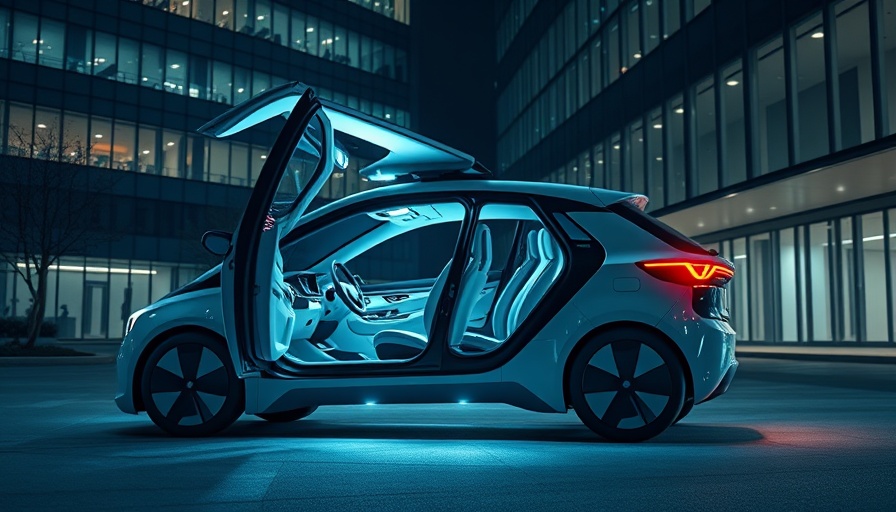
Zoox's Recall After Las Vegas Incident: What Happened?
In a significant move that underscores the complexities of implementing autonomous vehicle technology, Zoox, a subsidiary of Amazon, has announced a voluntary recall of its driving software. This decision came on the heels of an incident on April 8, 2025, in Las Vegas, where a Zoox robotaxi, operating without passengers, was involved in a collision with a passenger car. Fortunately, no injuries were reported, and both vehicles sustained only minor damage.
The Crash: What Went Wrong?
The crash occurred when the Zoox vehicle misjudged the trajectory of a passenger car that was approaching from a commercial driveway. According to Zoox's internal report, the robotaxi attempted to yield by braking and steering right, only to unexpectedly make contact with the passenger car that had stopped on the shoulder lane. This incident prompted an immediate internal review and a halt to all driverless testing, which lasted until the software was updated on April 17.
The Broader Implications: Autonomous Vehicle Safety
This incident and subsequent recall raise essential questions about the safety protocols in place for autonomous vehicle technology. Although Zoox's actions ensured that vehicle operations resumed promptly with updated software, the fact that this is the second recall within a few months indicates ongoing challenges in the company's self-driving system. Back in March, Zoox had previously recalled 258 vehicles due to unexpected hard braking incidents, showing that these safety concerns are not isolated.
A Trend in Autonomous Vehicle Development
The recalls illustrate that companies like Zoox are still navigating the growing pains of self-driving technology. As they push towards a commercial launch in Las Vegas later this year, the focus will undoubtedly be on optimizing software to minimize risks. In recent years, other tech giants, including Waymo and Cruise, have also had their share of setbacks in testing autonomous vehicle systems, reinforcing the complexities and unpredictabilities involved.
Future Predictions: What’s Next For Zoox?
Despite these setbacks, Zoox appears committed to its vision of revolutionizing urban transportation. As the company anticipates launching a commercial robotaxi service, it must prioritize robust testing and thorough safety validations to regain public trust. The aftermath of the recent crash may lead to increased regulation and oversight from agencies like the National Highway Traffic Safety Administration (NHTSA), which has previously conducted investigations related to incidents involving Zoox vehicles.
What This Means for the Tech Industry
For the tech industry at large, this incident serves as a critical case study on the integration of AI and automated systems in everyday life. As more companies explore cutting-edge applications of technology, such recalls will become a measure of accountability and a benchmark for excellence in safety standards. The results of these efforts will likely shape public opinion and investor confidence in the autonomous driving sector.
In Summary: The Road Ahead
Looking ahead, the importance of safety and transparency in autonomous vehicle operation cannot be overstated. As Zoox and others in the industry prepare for their future, they must consider the ramifications of any technology-related failures. The pressure is on to not only innovate but also to ensure that public safety remains paramount in the rollout of new automotive technologies.
This developing narrative in the tech sphere sheds light on the challenges ahead for autonomous vehicles and the importance of vigilance in technology deployment. As the world watches, only time will tell how these innovations will evolve and whether they can coexist with existing traffic systems safely.
 Add Row
Add Row  Add
Add 



Write A Comment